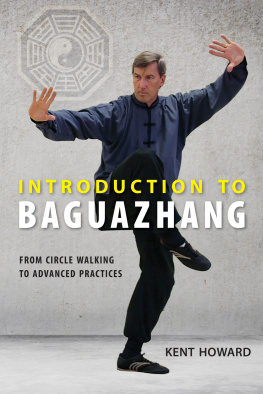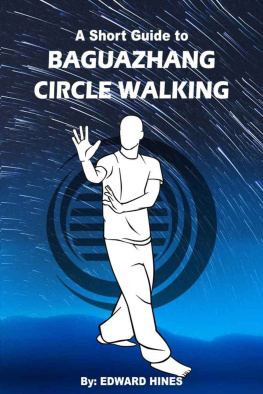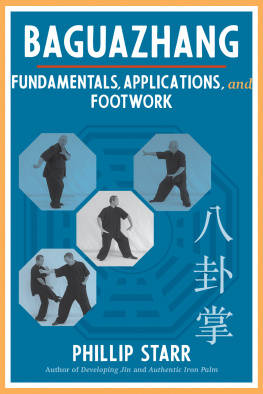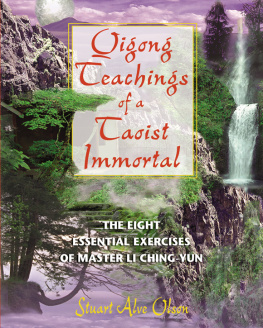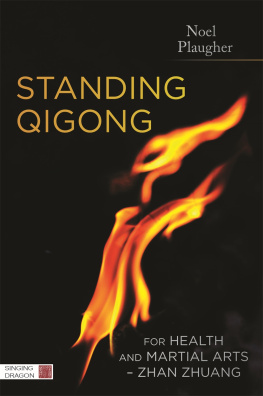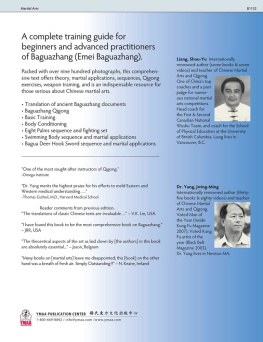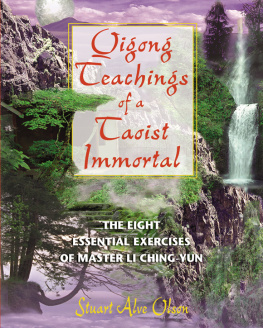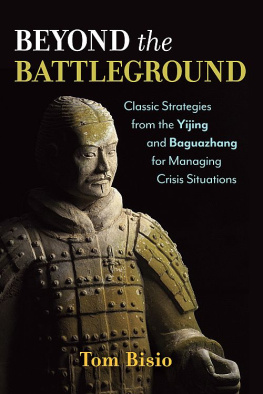Introduction into these 64 Baguazhang Qigong illustrations
I have been facilitating qigong classes for a number of years now. I don't like to use the wording teaching because I don't think I'm worthy of the title.
To be a teacher of qigong, it would mean that I have mastered this ancient art. But even though I've been called a Master of Qigong, my knowledge of it is limited.
And I don't really teach it. What I really do is help or assist my students to discover and develop the qi that naturally resides in us all. No magic. No woowoo. No quack charlatan stuff.
Although, if you have come across my podcast The Way through Baguazhang, or read any of my articles floating out there, you may have thought what I wrote in the preceding paragraph was a bit fraudulent.
I can assure you that, as you read these words, I speak from experience. Most of which I cannot and will not tell because unless you've 'Been there, done that', you would never believe any of it.
The stuff I do put out is the high censored sanitized stuff that hopefully can be understood by most people.
So let us begin.
The basics around qigong.
The word qigong comes from Chinese and it literally translates as Energy Work.
The focus of qigong (in the West at least) is to cultivate one's internal energy so that a person can live a long and healthy life;
In the West, most qigong practices centres around breathing and special posture techniques to facilitate a person's inner energy cultivation;
Along with correct breathing and correct posture techniques, qigong also encompasses diet and environmental factors;
In Japan, qigong is sometimes called reiki. And in India it has strong ancient links to yoga and ayurvedic medicines;
Qigong can be practiced on its own or in conjunction with or as part of another medium. Hence a lot of people who do qigong might also practice taichi;
In China (or any place with a strong Chinese heritage), qigong is far more than mentioned above. The spectrum around it is vast. It ranges from the earthly medical practices to the mystical heavenly spiritual stuff;
And lastly, and this is how I got into qigong even though it was never my intention, when a person commits to truly learning an internally focused martial art like baguazhang, there comes a point in the training where doing baguazhang and qigong are one and the same thing.
It takes roughly eight years of intense daily practice to achieve this state. And by daily, I mean every single day. Not just once or twice a week with the mates at your local dojo for a couple of hours. You do that and it will take a lifetime to achieve. If you don't believe me then do the math: Two days versus seven days a week.
Now, that's if you are on your own.
The alternative is to find a good qigong instructor. Not all are worth their weight in gold, but there are some extremely good ones out there. They usually are very good at keeping things simple and can explain the complex stuff in a way so that the learner can grasp it.
But you as the learner must first get clear with yourself on what kind of qigong you want to master!
What that means is that if you were to learn from me, you would learn qigong grounded in baguazhang. I don't do Taichi. I don't do Shaolin or medicinal qigong.
Baguazhang is a Taoist martial art.
Baguazhang Qigong is the healing side of the internal martial art. And as such, we who have crossed this threshold, must make peace with the idea that the path to victory in battle is achieved through healing instead of violence.
I know. It sounds a little pussy weak from the Western martial perspective. But from the Eastern side there is nothing weak about it at all. That which takes can also give, and vice-versa.
As a teenager, I never thought about this or even knew of such a concept. Western American based culture dictated that the strongest will always win and get to sleep soundly at night, knowing that they have won. But back in the real world violence just tends to beget more violence.
That's not to say that turning the other cheek is always the best strategy. Please, everything has its right place and time.
Why I created the illustrations
So why did I create this book of sixty-four (64) Baguazhang Qigong illustrations?
The simple answer is: Because I wanted to.
The longer more complex answer is this:
The internal Chinese martial art of baguazhang translates into english as Eight Changing Palms or Eight Element Palms.
The eight elements are called:
Air or heaven
Plastic or that which is man-made
Fire
Energy or sound
Wood or nature/life
Water
Metal
Earth
It is these eight elements or changes, that through the I-Ching or the Classic Book of Changes, underpins what baguazhang is about.
However, many practitioners of baguazhang fail to understand them and therefore are never truly able to tap into the deeper levels of the martial art. Hence they're unable to draw upon the storewell that is qigong.
Now to be fair, some practitioners just don't care for this stuff. But there are practitioners who sense that there is a huge gulf dividing them in the west from their Taoist counterparts in the east because a lot of the internal martial arts stuff is clouded in cultural and mystical esoteric fluff that may require us to believe in things we don't want to believe in. And some things just don't translate well between cultures and languages.
As they say, things get lost in translation.
So, while I too have tried to avoid the cultural and mystical esoteric fluff, I have, through experience, come to realise that they are not necessarily there to make us do magic gongfu.
We need to understand, and we do, that fighting is fighting. Kicking and punching is kicking and punching. Our conscious mind gets this. But our subconscious does not see reality the same way.
The subconscious needs a different way to learn the arts. It loves the symbolic. It loves the very things our conscious mind tries to reject.
So with that in mind, these sixty-four illustrations were created to help the viewer's subconscious mind tap into what it already innately knows about qigong through baguazhang. And thereby accelerate their baguazhang training to a higher level.
To do this each illustration shows Melonhead (thats his name) doing a baguazhang posture or pose, while being accompanied by an I-Ching hexagram in the Mawangdui Yijing manuscript sequence. The poses themselves do not follow any particular baguazhang style but rather are a collection of the most recognisable stances.
However, the Chinese characters that accompany them are not from either the Mawangdui or Zhouyi texts but instead come from my own real life experiences. These I will leave for the viewer to decipher, if they choose to.
And lastly, the energy circles around the hands etc. are liberal visual stylings to help the mind grasp the flow of qi within and without the body. They are a fun way to instruct a baguazhang practitioner on improving their forms i.e. changing palms.


